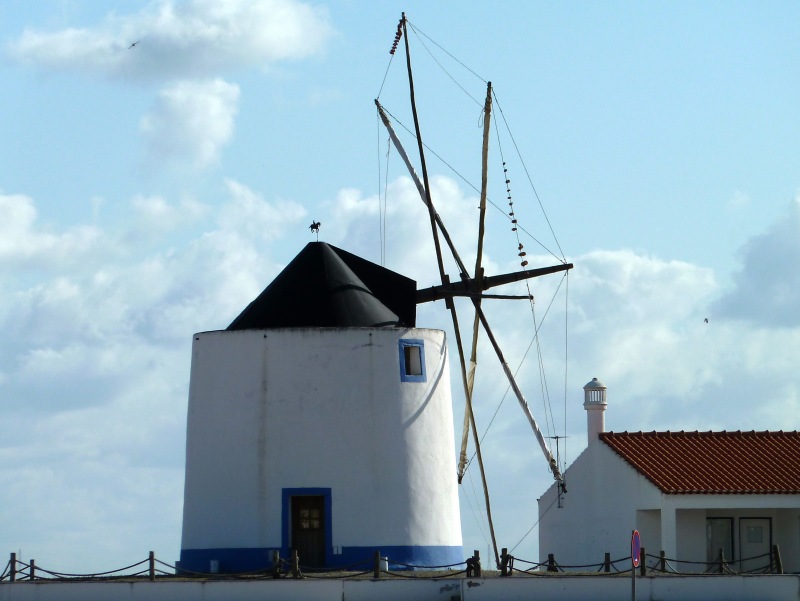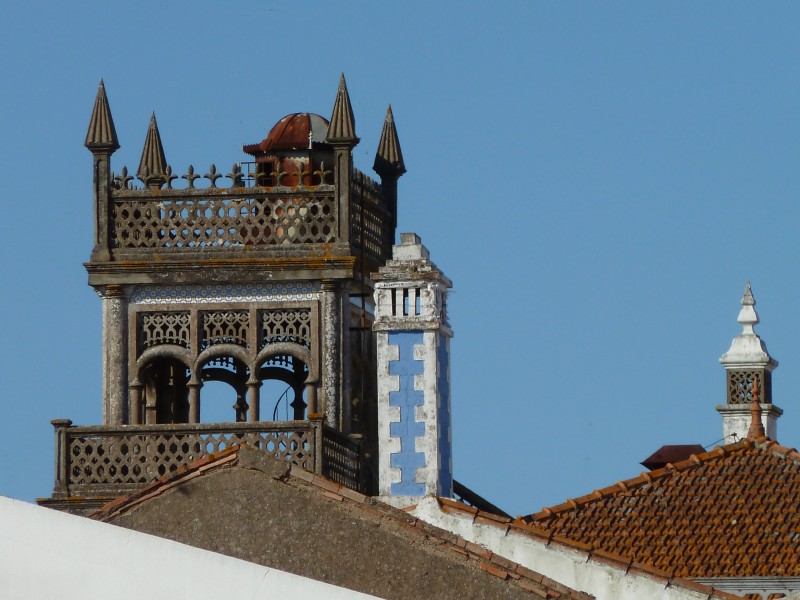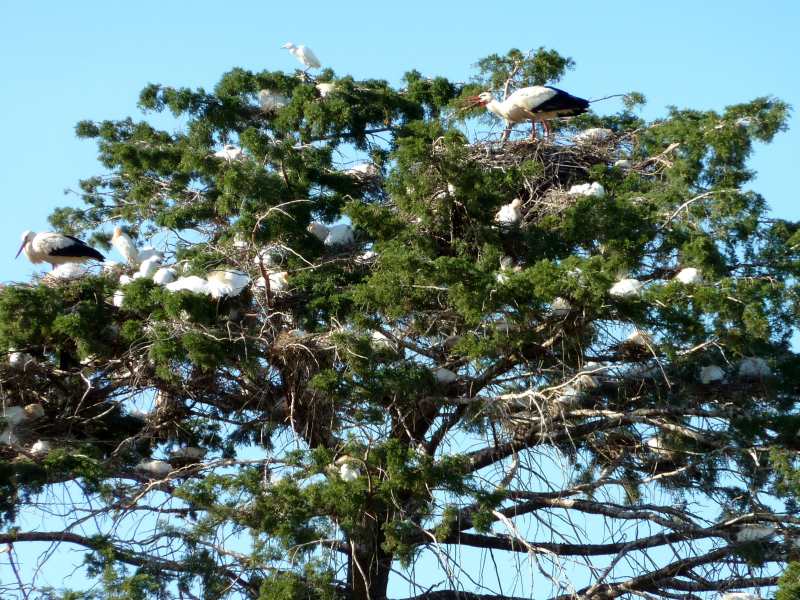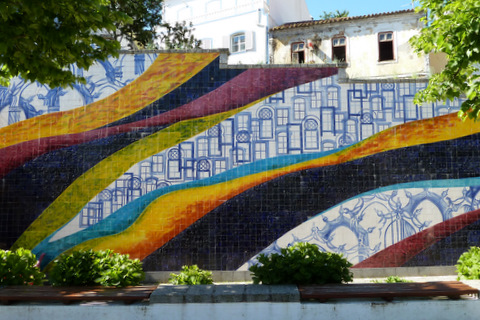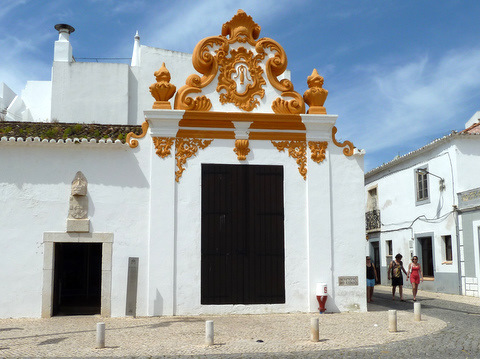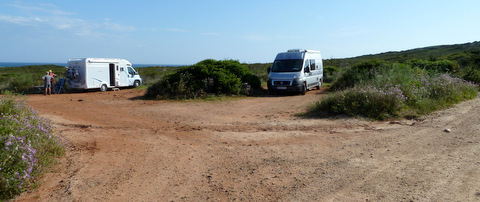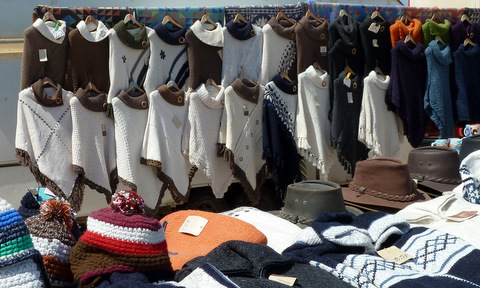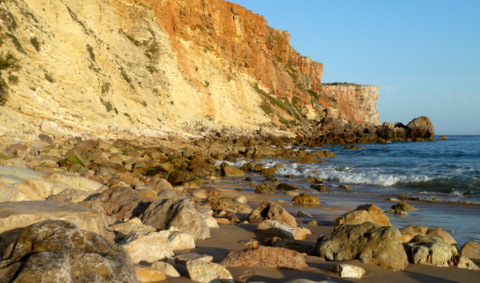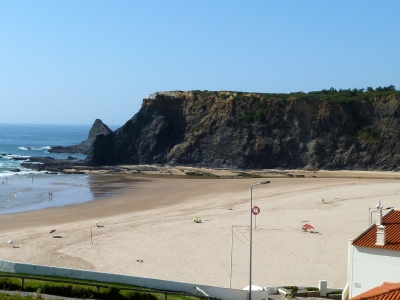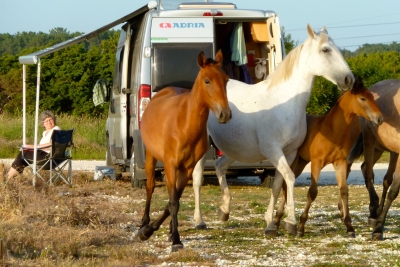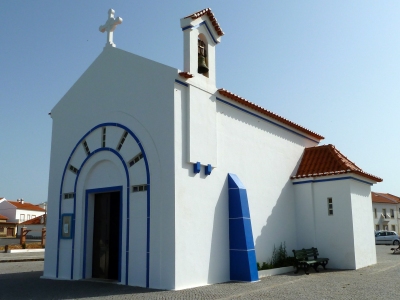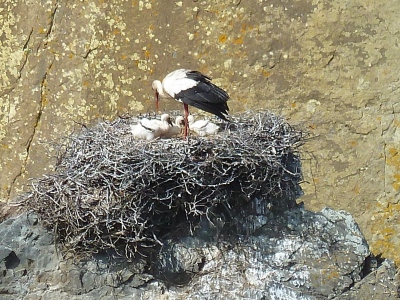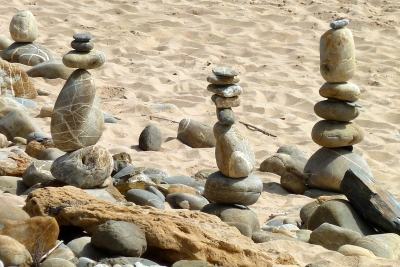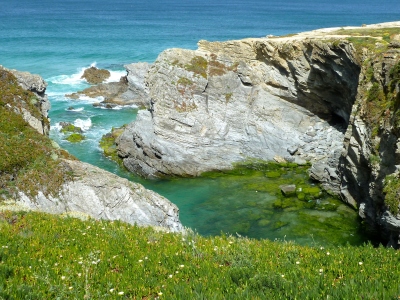We
returned to
the the main road and stopped in Portalegre for fuel before heading
south, taking back roads through gentle countryside and small villages.
We struggled to find suitable laybys for a lunch stop and after
following signs with a dolmen which turned out to be the logo for a
waste recycling plant in the middle of nowhere, we came across a fonte
outside a small town on a muddy and littered patch of ground. Once
refreshed we reached the main road at Sousel with a very bumpy pavé
surface which at least slows down the cars, and bypassed the larger
town
of Estremoz before turning west to the Barragem do Divor for a
free overnight stop with just one other French
motorhome. After a peaceful night we drove into the compact
city
of
Evora and found parking at the Rossio de Sao Bras on the
southern edge of the city centre, after getting lost in the
narrow
oneway streets. There are many old buildings in the city, from the
ruins of a Roman temple to the large cathedral, lots of churches and
other
ecclesiastical buildings and palaces, many with typical 16th
Century Manueline architectural features, as well as an
ossuary
which closes at lunchtimes. In the back streets we came across
a
small square with an interesting globe fountain built in the Sixteenth
Century.
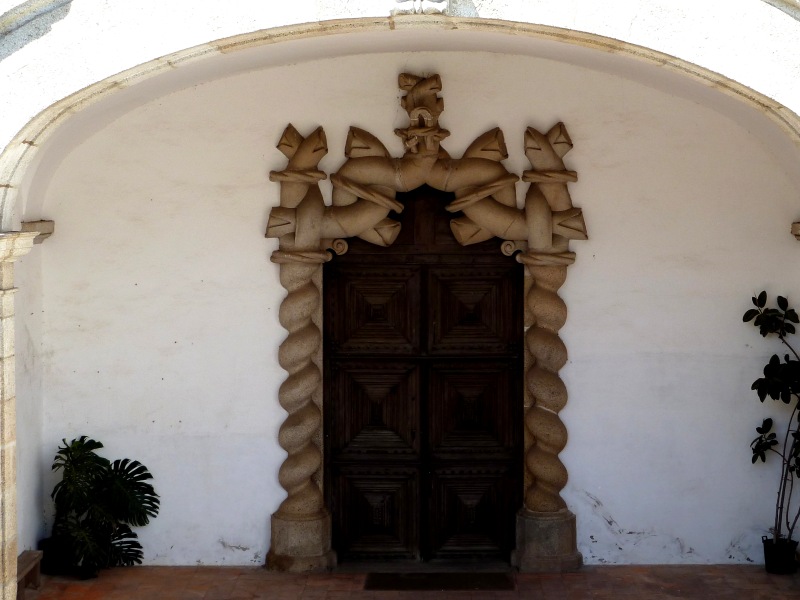
Manueline doorway at Evora
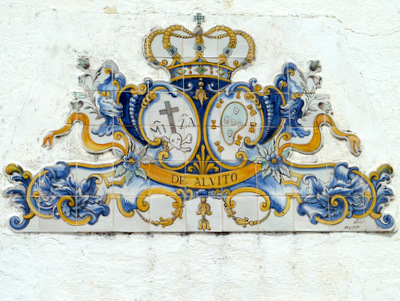
Alvito Azulejos (traditional tiles)
We
continued south stopping at the small town of Alvito with a castle, now
a Pousada (state run hotel) and a Manueline church, and
headed across the plains to Castro Verde where we found a new cheap
municipal
campsite which was open but empty. We took an evening stroll to
the town centre where
we found many typical traditional tiled buildings,
an old windmill, modern art on the roundabouts and were stared
at intentedly by more old men sitting on benches. The large fire
station was
surrounded by orange trees and had a café and bar.
The
Bombeiros Voluntarios (volunteer firefighters) in Portugal are looked
on as heroes
although they are often ill equipped compared to those in other
European countries. The town is set among extensive grasslands of the
Alentejo and the area is popular with birdwatchers being the home of
the great bustard although when we drove to a nature reserve by a
remote chapel the next
morning we didn't see or hear any. However a couple of large trees by
the campsite had several storks nests and about a hundred
young
storks roosting. Apparently the town holds one of the largest
traditional markets and fairs every October and the largest
copper
mine in Europe is nearby. It also has distinctive town signs on the
approach roads.
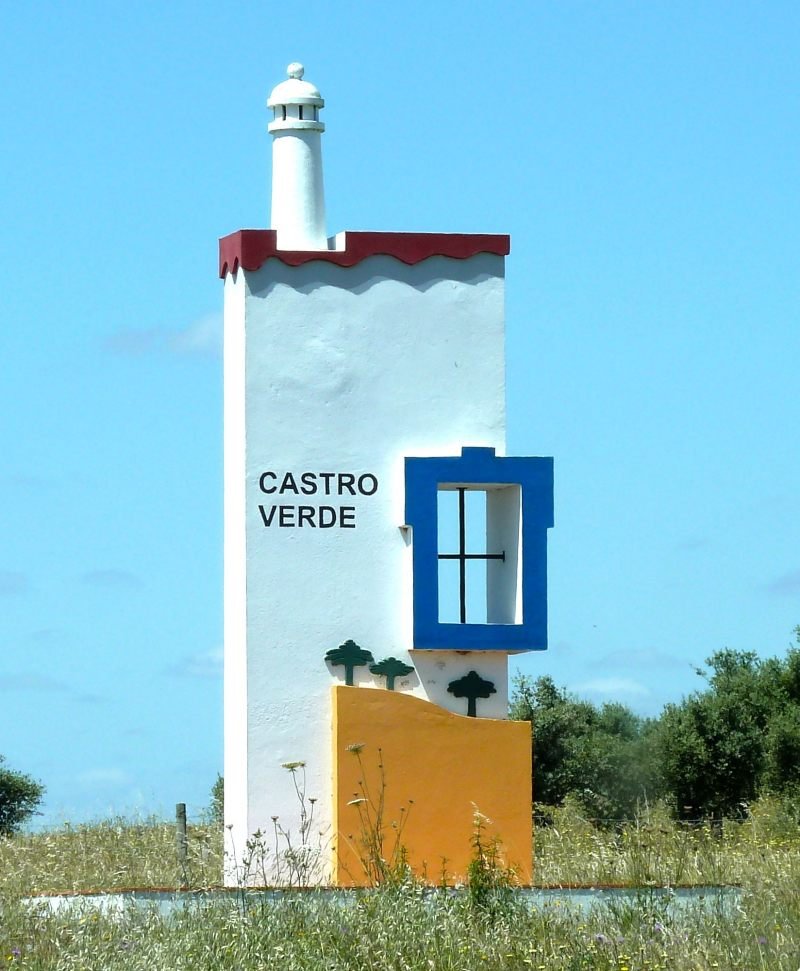
Castro Verde sign
We spent another free night at the Baragem do Monte da Rocha before
heading across
country climbing through wooded hills on a very uneven road (N266) to
the town of Monchique in the Algarve. After a tour of the town
with several attractive old buildings and street art we drove up
to the
"mountain" of Foia for extensive views of the Algarve coast (if you
ignore
the multitude of radio masts and very ugly concrete visitors centre).
We
pulled in to the mirador on the road down where there was a fonte with
local residents filling up dozens of water containers.
The private
motorhome aire at Caldas de Monchique was temporarily closed so we
continued to the busy coast and a campsite at Alvor. We
discovered
free motorhome parking the next day by the beach but had booked in to
the site for two nights. After a lazy day in the warm sunshine we drove
along the coast to Carvoeiro where we had stayed many years ago but it
was far busier than we remembered.
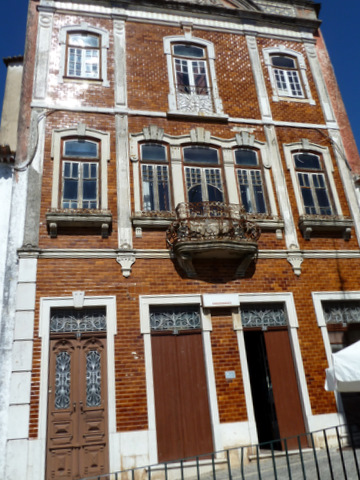
Monchique tiled house
The
next morning we drove west calling in at
Lagos for a stroll along the prom before continuing along the
coast through the resorts of Praia de Luz and Burgau then over
the
hills to Boca de Rio, a delightfiul undeveloped estuary where a few
motorhomes were parked - it's apparently popular for overwintering but
there are no facilities. After lunch and another stroll we
followed the main road inland for a few miles before
driving
down to another small beach with just a restaurant at Praia do
Ingrina where we parked up on the cliff top with half a dozen Dutch,
French
and British motorhomes. The next morning we walked over the cliffs to
the next bay where there were a few surfers' vans then chatted
to
a
couple from Northern Ireland who had been visiting to Portugal for
years, before setting off along the coast to Sagres which was deserted
so we continued about 6km to Cabo de S. Vicente,
the south
westerly tip
of Europe where there is a fort and lighthouse and a few stalls selling
woollen ponchos as it's frequently very windy. The most amazing site
were the anglers on the edge of
the 200ft high cliffs. We returned to Sagres for another free
overnight stay above the beach.
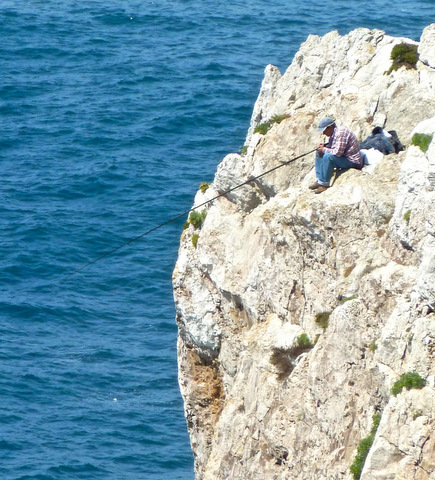
Clifftop fisherman
Now we turned north up
the less developed Algarve coast calling in
at various beaches, one popular with surfers at Praia do Amado, and
headed for Praia de Odeceixe where motorhomes are banned from the
small clifftop village but there was plenty of free overnight parking
on the terraces above the delightful beach, where we were surprised to
be surrounded by horses for a short while. The conical rock
is
the
home to several storks nests, this coast being the only place
where they nest by the sea, especially at Cabo Sardão which we visited
the next day after looking at the pleasant but virtually
deserted
resort of
Zambujeira do Mar. Driving further up the coast we reached
the
larger and busier resort of Vila Nova de Milfontes where we stayed
overnight at the large but virtually empty Camping Milfontes in the
town centre, and walked down the beach to watch the Portuguese at play
enjoying a sunny weekend.
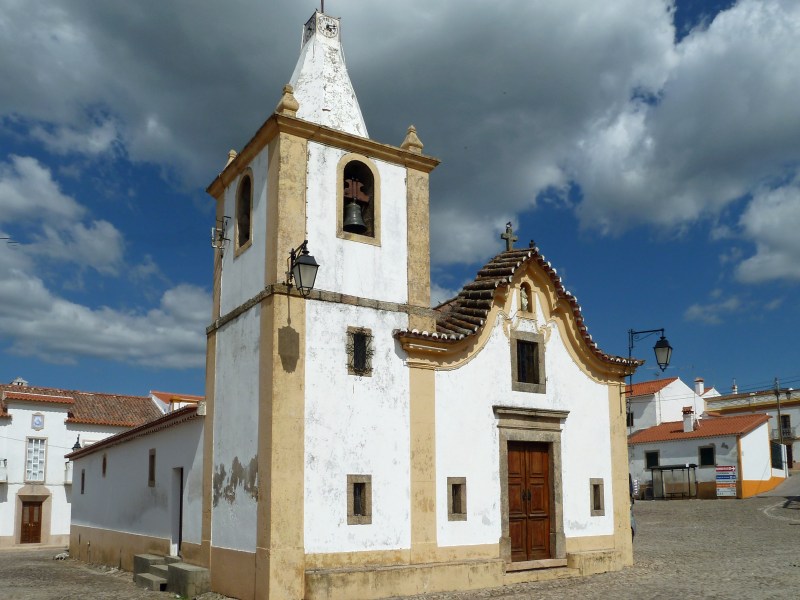
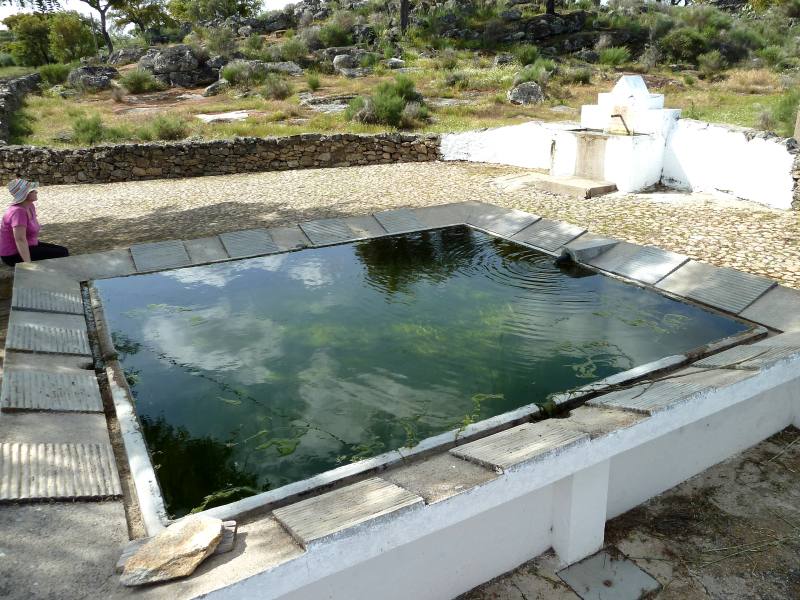
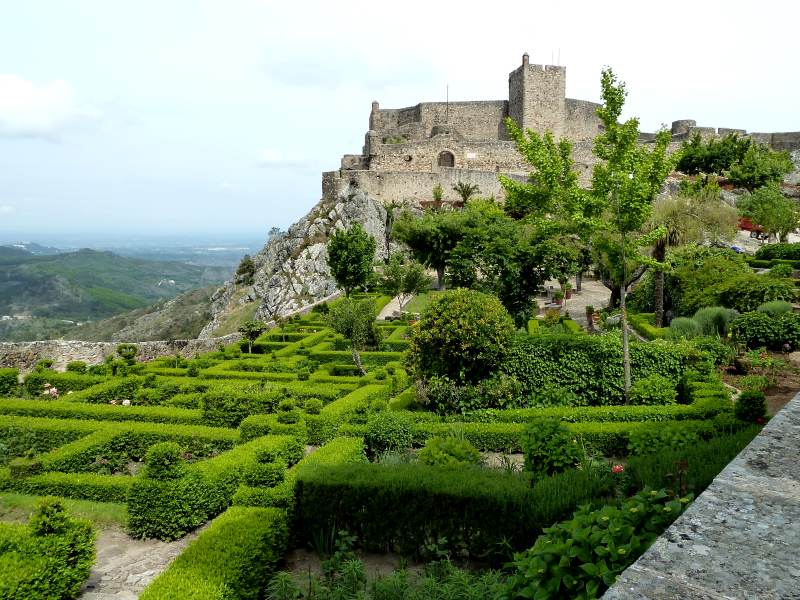





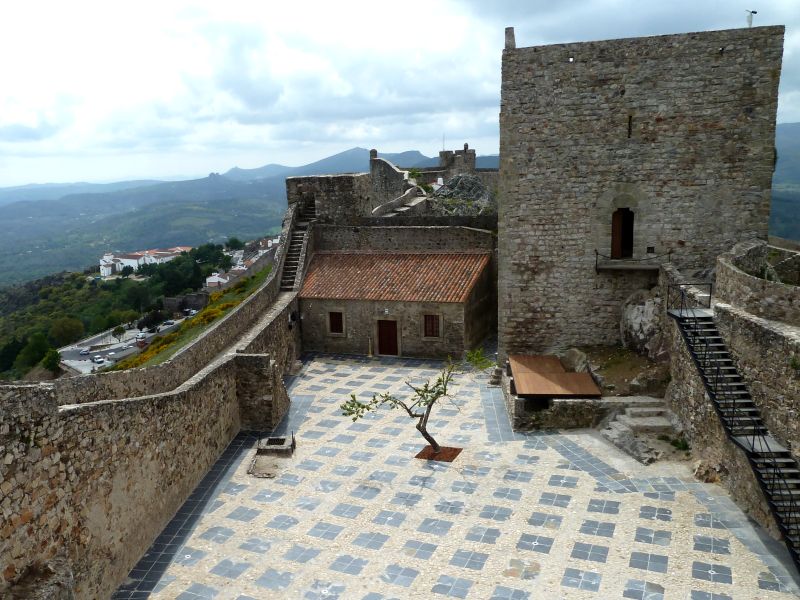
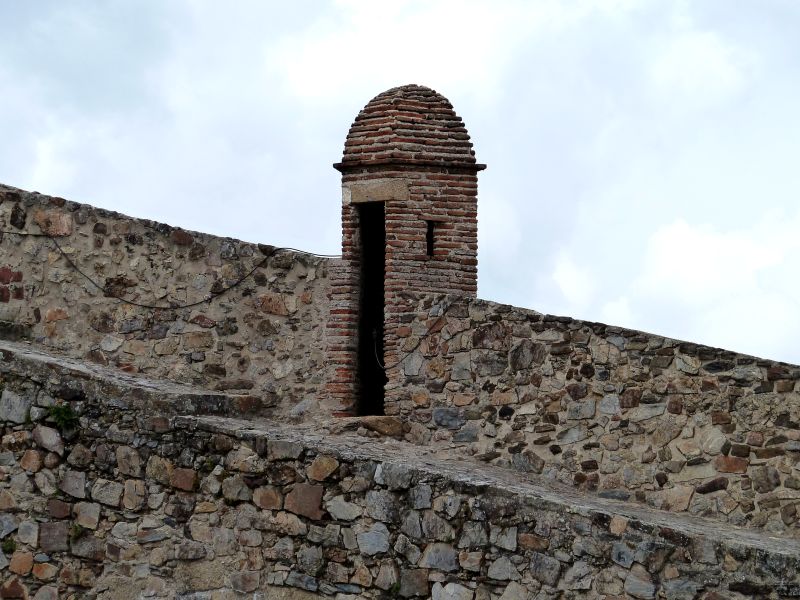
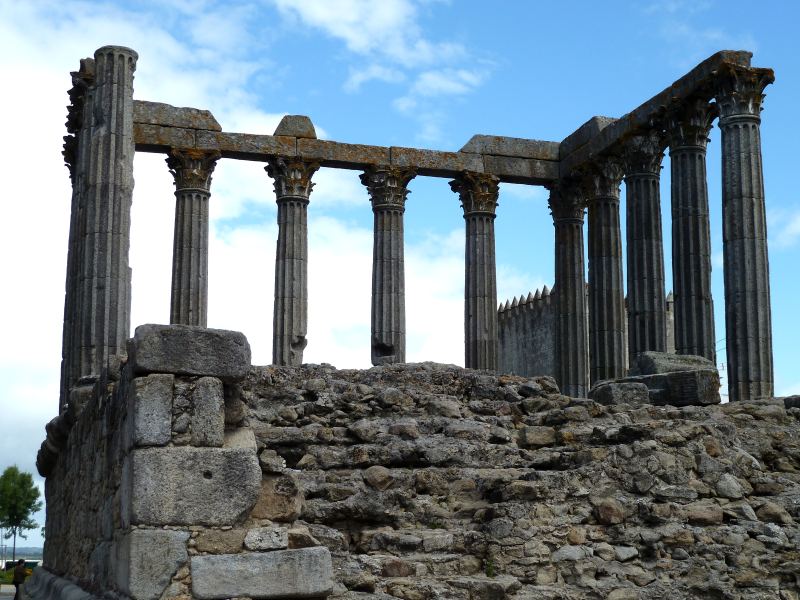
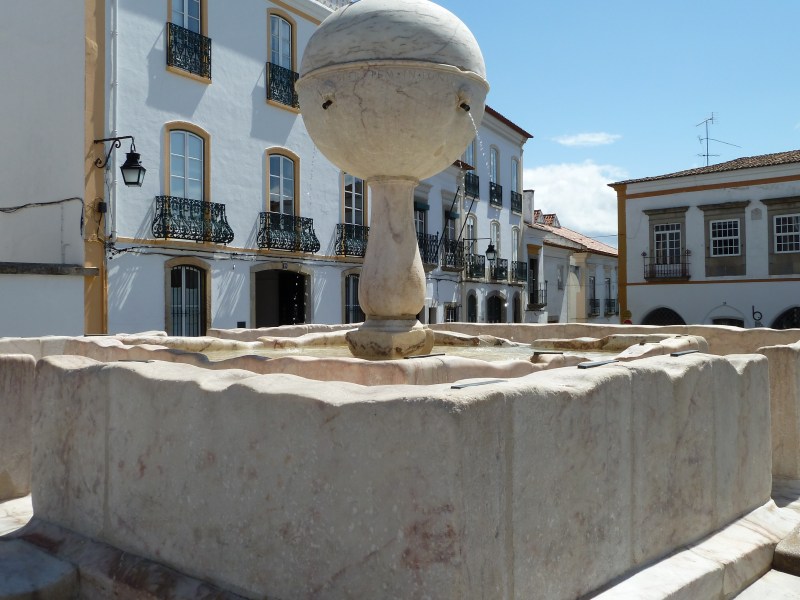
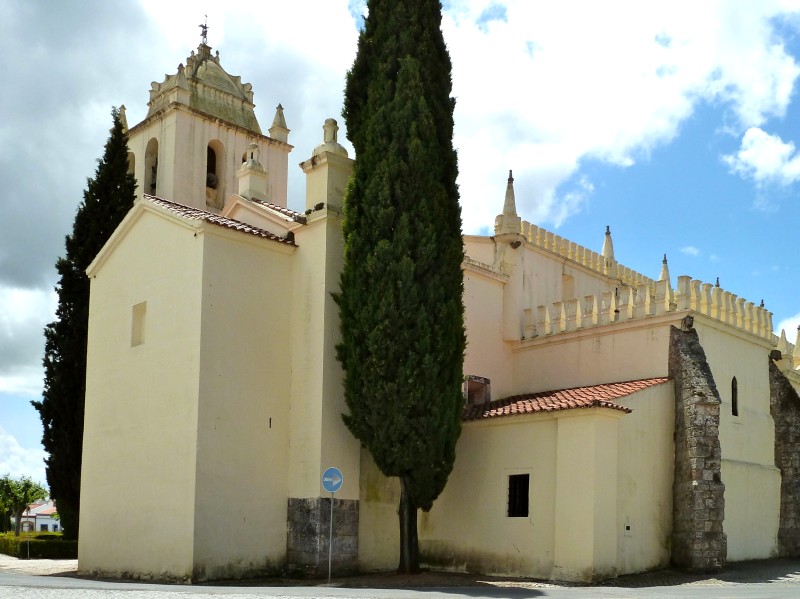
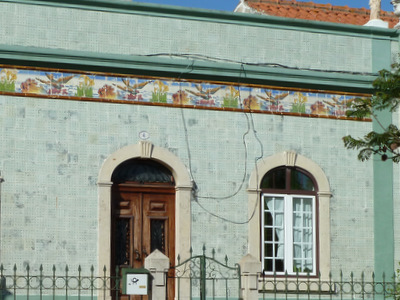
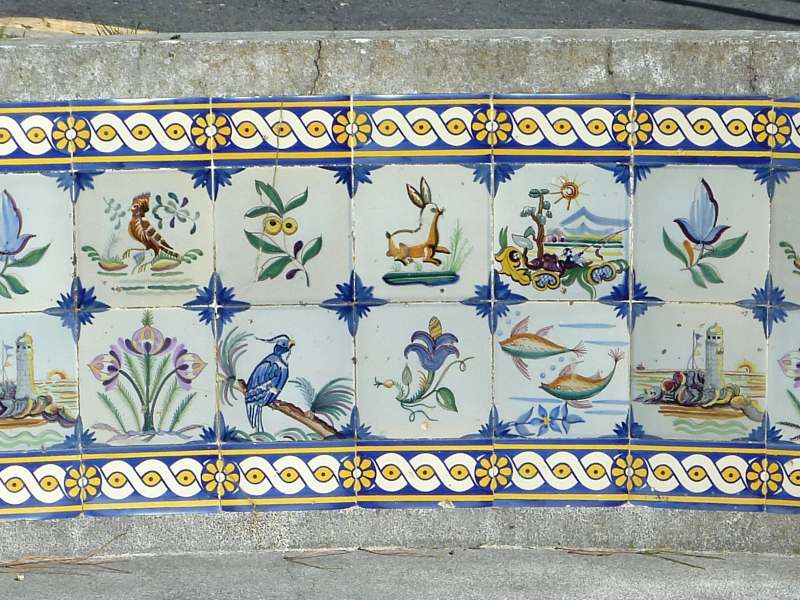 and bench
and bench 